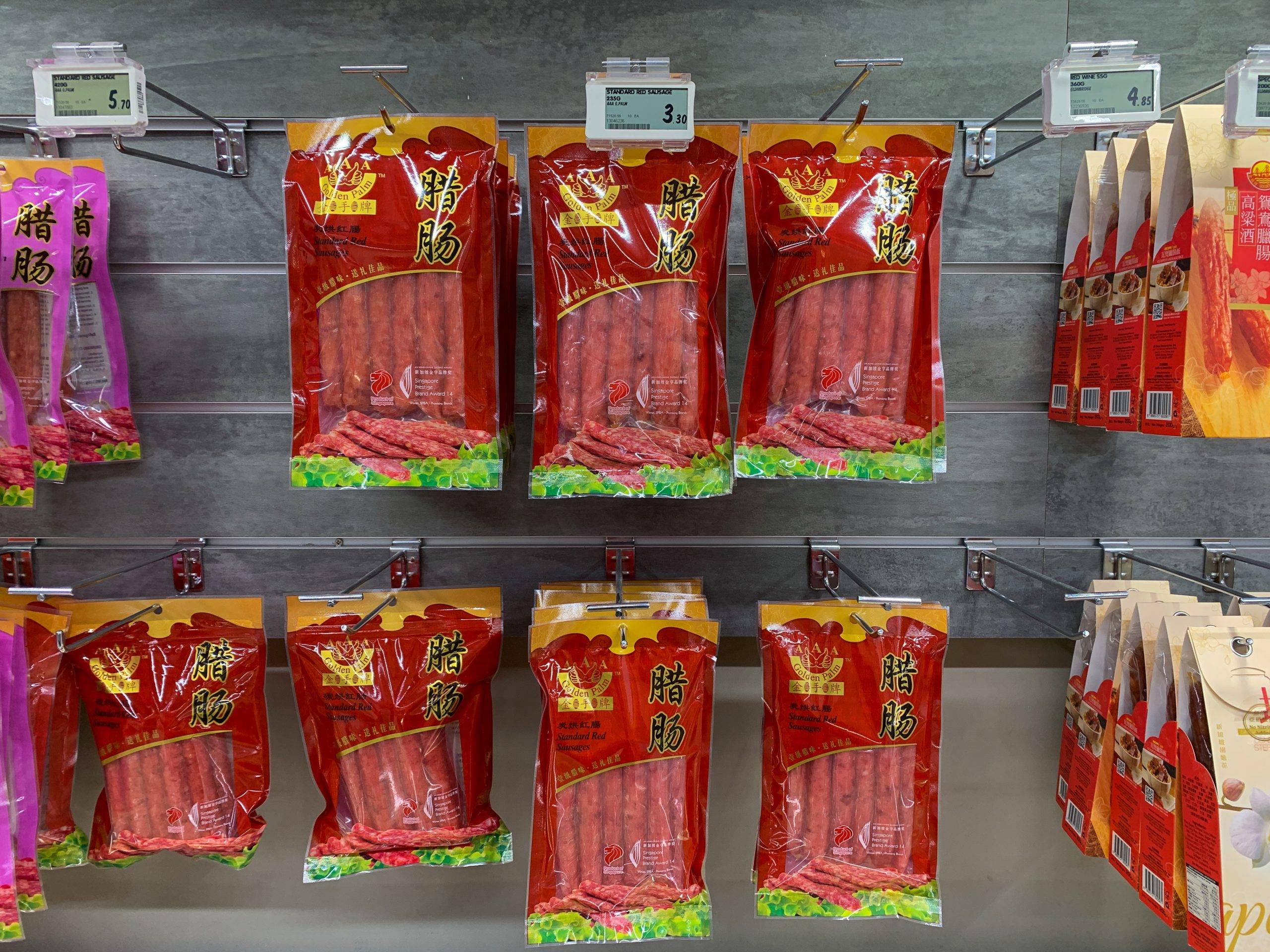A large-scale study involving nearly 2 million participants has found a clear link between processed meat consumption and an increased risk of type 2 diabetes, particularly among Asians.
The research, published in the journal The Lancet Diabetes & Endocrinology, indicates that consuming 50 grams of processed meat daily – about two slices of ham – is associated with a 15% higher risk of developing diabetes.
“Our research provides the most comprehensive evidence to date of an association between eating processed meat and unprocessed red meat and a higher future risk of type 2 diabetes.” Professor Nita Forouhi, the lead researcher and an expert in nutritional epidemiology at the Medical Research Council Epidemiology Unit at the University of Cambridge, explained.
Significant Diabetes Risk Found in Asian Populations
Among the cohorts analysed were the China Kadoorie Biobank (CKB) and the Health Effects of Arsenic Longitudinal Study (HEALS) from Bangladesh. The CKB is a large-scale prospective study with over 480,000 participants from various regions across China. The study specifically investigates the genetic and environmental causes of chronic diseases in the Chinese population.
Data from the CKB cohort show that consuming just 12 grams of processed meat daily raises the risk of developing type 2 diabetes by 15%. Similarly, the Health Effects of Arsenic Longitudinal Study (HEALS) is an ongoing cohort study based in Bangladesh. The study focuses on the long-term health effects of arsenic exposure.
The researchers analysed data from nearly 12,000 HEALS participants to assess dietary impacts on diabetes risk. Although processed meat consumption in this cohort was minimal, they found that any introduction of processed meat into the diet increased the incidence of type 2 diabetes.
Watch now: What is the pinnacle of diabetes treatment? Chat with endocrinologist Dr Ben Ng
Uncertain but Noteworthy Risks of Poultry and Diabetes
The study also explored the effects of poultry consumption. Consuming 100 grams of poultry daily increases the risk of developing type 2 diabetes by 8%. However, this association was less consistent than that observed for processed meat. Further analysis revealed that the connection between poultry consumption and diabetes risk weakened under different scenarios.
Unlike red and processed meats, the link between poultry and diabetes varied. This variation suggests that other factors, such as preparation methods or accompanying dietary habits, may have an influence.
“While our findings provide more comprehensive evidence on the association between poultry consumption and type 2 diabetes than was previously available, the link remains uncertain and needs to be investigated further.”, explained Professor Forouhi.
What This Means for Diets in Asia
The study’s findings suggest that as diets in Asia shift towards more processed meats, type 2 diabetes cases may rise. Traditionally, Asian diets have included less meat, especially processed varieties, which likely contributed to lower diabetes rates. With the increased demand for convenience, including ready-to-eat meat products like lap cheong (Chinese sausage) and bak kwa (dried meat jerky) becoming more popular, the risk of diabetes could grow.  Lap cheong (Chinese pork sausage) selling at the supermarkets in Singapore
Lap cheong (Chinese pork sausage) selling at the supermarkets in Singapore
Beyond the risk of type 2 diabetes, high intake of processed meat is also associated with gastrointestinal cancers such as colorectal and gastric cancer. Dr Benjamin Yip, gastroenterologist of Alpha Digestive & Liver Centre, Singapore shares in a video interview, “If one takes a diet that is high in salted and preserved foods…all these put you at high risk of gastric cancer…If your diet consists of a lot of red meat, preserved foods…all these put your high risk (of colorectal cancer)”
Watch more: Detection, Diagnosis & Management of GI Cancers in Asia with Dr Benjamin Yip
This trend raises important questions about the impact of urbanisation and globalisation on dietary habits and health. While reducing processed meat intake might seem like an easy solution, healthier diets may not always be accessible or affordable. Processed meats are often cheaper and more readily available, especially in urban areas.
As dietary habits continue to evolve, there may be value in reflecting on the benefits of traditional diets, which have sustained populations for generations. Any effort to reduce processed meat consumption must also consider the challenges many people face in accessing healthier alternatives. Promoting affordable and accessible healthy options will be monumental in preventing the rise of diabetes across the region.
Balancing Tradition with Modern Solutions
Dr. Chunxiao Li, a lead author on the paper, noted, “Our analysis examined data from individual participants in each study. This meant that we could harmonise the key data collected across studies, such as the meat intake information and the development of type 2 diabetes.”
This attention to detail in research highlights the potential for targeted dietary interventions, like Nutri-Grade labelling in Singapore, to make a real difference in public health outcomes. The Nutri-Grade labelling system, originally designed to guide healthier beverage choices, now includes high-sodium and high-fat products like salt, sauces, and instant noodles.
This initiative aims to reduce chronic diseases, including hypertension and heart disease, which link to type 2 diabetes. As more countries confront rising chronic diseases, combining traditional eating practices with modern initiatives can promote long-term health. Thoughtful planning and wide-reaching policies offer hope that we can effectively manage the risks associated with processed foods.

